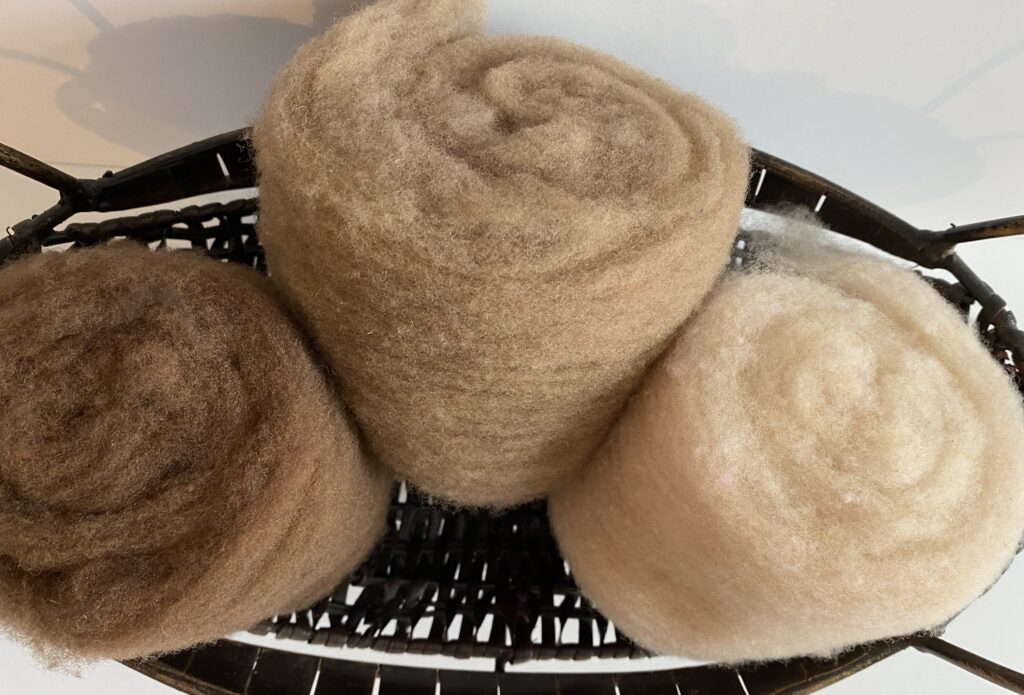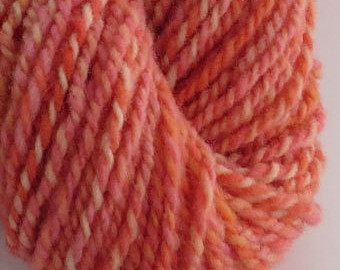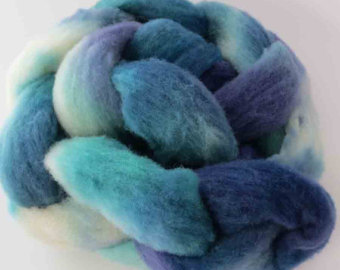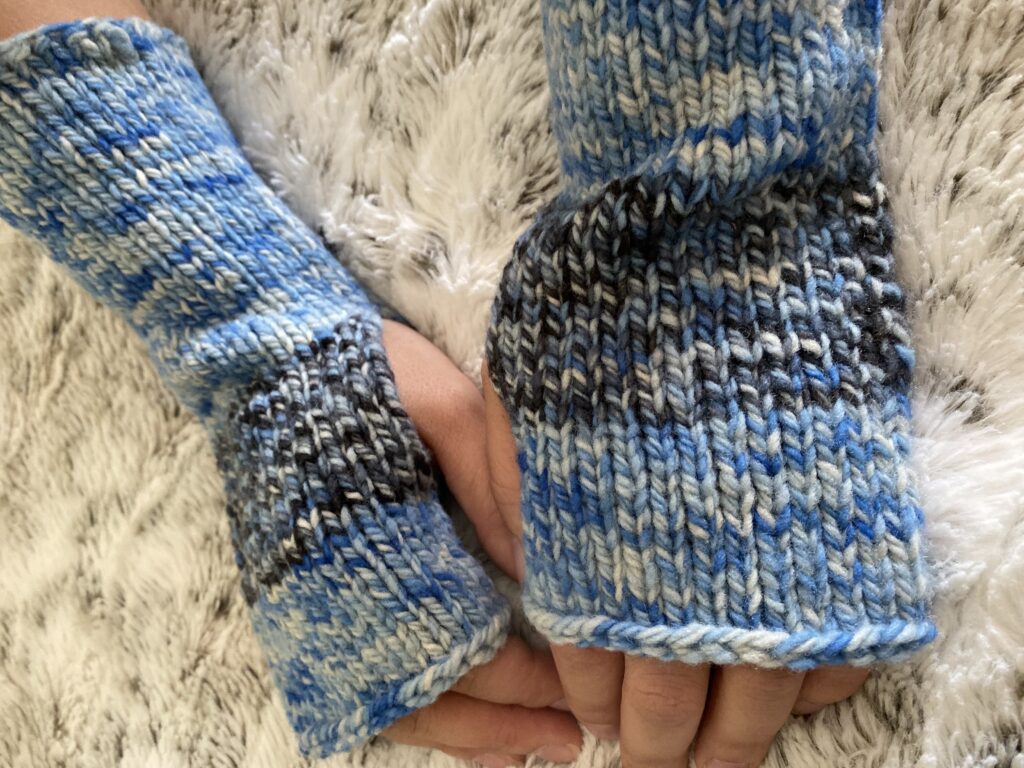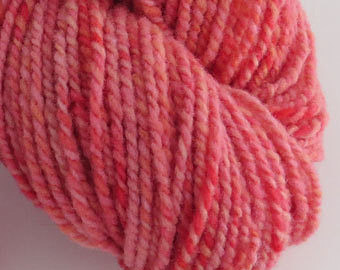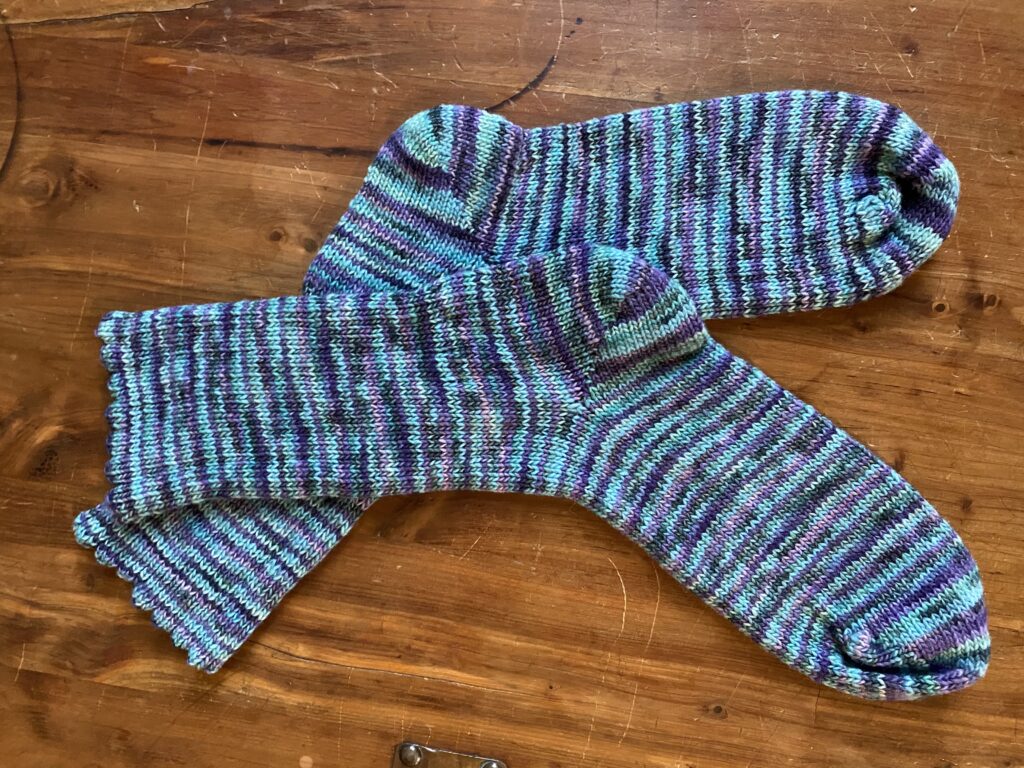Characteristics of Wool
Durability:
Wool fabrics are very durable and flexible. Wool fiber can withstand being bent 20,000 times without breaking. In comparison, cotton breaks after 3,000 bends, silk after 2,000 bends, and rayon can only be bent 75 times without breaking. Wool is a hard wearing fiber that retains it’s good appearance if given adequate care. It’s natural elasticity means that the fibers will stretch under pressure rather than break, and since the fibers “spring back” when the pressure is released, woolen garments tend to retain their shape. The natural elasticity also makes woolen fabrics resistant to tearing.
Absorbency:
Wool can easily absorb up to 30% of its weight in moisture without feeling damp or clammy. It wicks moisture away from the body, keeping the person “warm without wet”. Wool functions as a “temperature regulator” so it can protect the body in both cold and warm conditions. That is why wool clothing is worn throughout the desert regions of the world where it’s hot during the day and cool at night. “Tropical weight wool” is often used for high-end summer suits for men. Wool is truly a versatile all-season fabric.
Wool absorbs dyes deeply, so color changes are permanent except under extreme and prolonged fading conditions. If wool fades, it is the dye that is deteriorating, not the wool fiber.
Even though wool is so absorbent, wringing liquid out a wool garment is effective if it gets soaked. In extreme weather or conditions, wool can be a life-saver!
Comfort:
Wool is an excellent insulator. It keeps heat close to the body by trapping still or dead air within the fibers. To a certain degree, wool is considered water repellent. Small amounts of liquid, such as spills, light rain or snow, will stay on the surface or run off the fabric.
Wool keeps you “warm when wet” since it retains 80% of its insulating value even when saturated. Remember how the wool “fisherman’s sweaters” were preferred by the men as they routinely worked in extreme wet and cold conditions?
Wearability:
Wool garments do not soil easily and are not easily spotted by grease and oils. Wool does not wrinkle easily. It is resistant to wear and tear. It is lightweight and versatile.
Depending on the sensitivity of the person’s skin and the micron count of the wool, wool can irritate. Research shows that most fibers greater than 30 microns in diameter are structurally rigid enough that when they come into contact with your skin, they do not bend. That “poking” can bother a person. For a garment to be worn next to the skin, no more than 5% of the wool fibers should be greater than 30 microns. (Babydoll wool ranges between 23.5 and 29 microns).
Flammability:
Wool is popular with interior designers because it is considered naturally flame retardant. In clothing, it will not melt into the skin like many fabrics will. It is wonderful for baby blankets and clothing items. When exposed to flame, it chars or smolders. Wool is self-extinguishing. When the flame is removed, burning stops. It will not support combustion. This is why wool blankets are recommended for use in extinguishing small fires.
Natural & Renewable Resource:
Sheep need to be sheared in the early spring to be comfortable in the summer. It has been found that when sheep have about 1″ of fleece during hot weather, they do best since the wool helps insulate them from the heat. Less than that, they can sunburn and overheat. In full fleece, they would definitely overheat. Shearing done by a professional is not traumatic to the sheep. When it is over, many of my sheep walk slowly away. Some even want to come back and “help” the shearer with the next sheep! You can be assured that when you use wool fiber, you are helping a sheep stay healthy and in good condition.
Understanding some terms:
- Lamb’s Wool – the first fleece shorn from a sheep, generally having a softer feel to the fiber. The sheep is not harmed, only shorn as usual.
- Virgin Wool – wool that has not been previously processed. It is not referring to the sheep in any way.
- Boiled Wool – an additional step where wool fabric is boiled after it’s been woven. It also is not referring to the sheep in any way.
Cost:
Wool garments are not cheap. Consequently, wool is considered a luxury fiber. The high cost of wool clothing has lead to a number of synthetic substitutions, but none comes close to all the wonderful properties of wool.
Much of this information was obtained from the American Sheep Industry Association site.
Next: Why Babydoll Southdowns?


